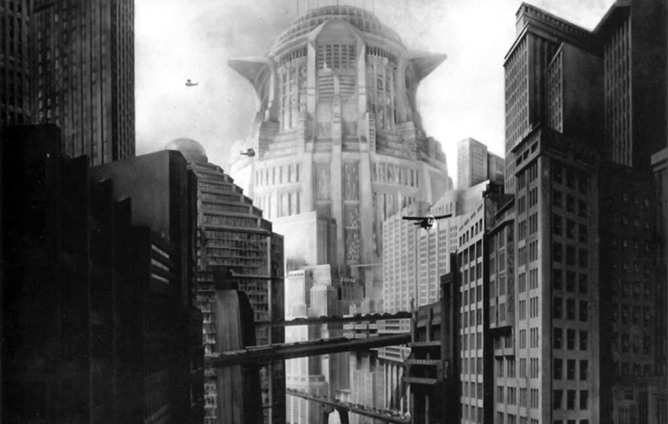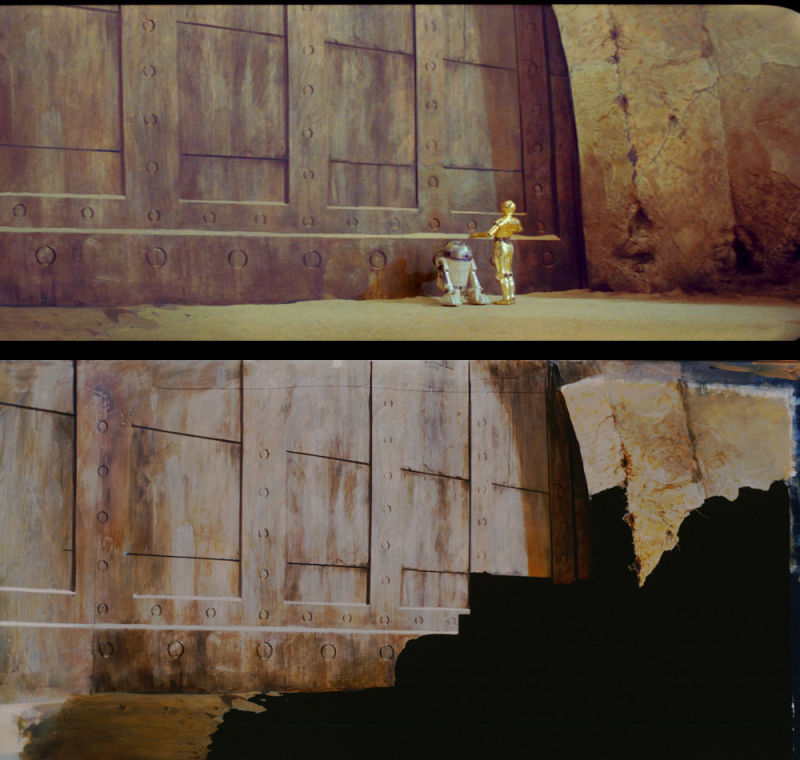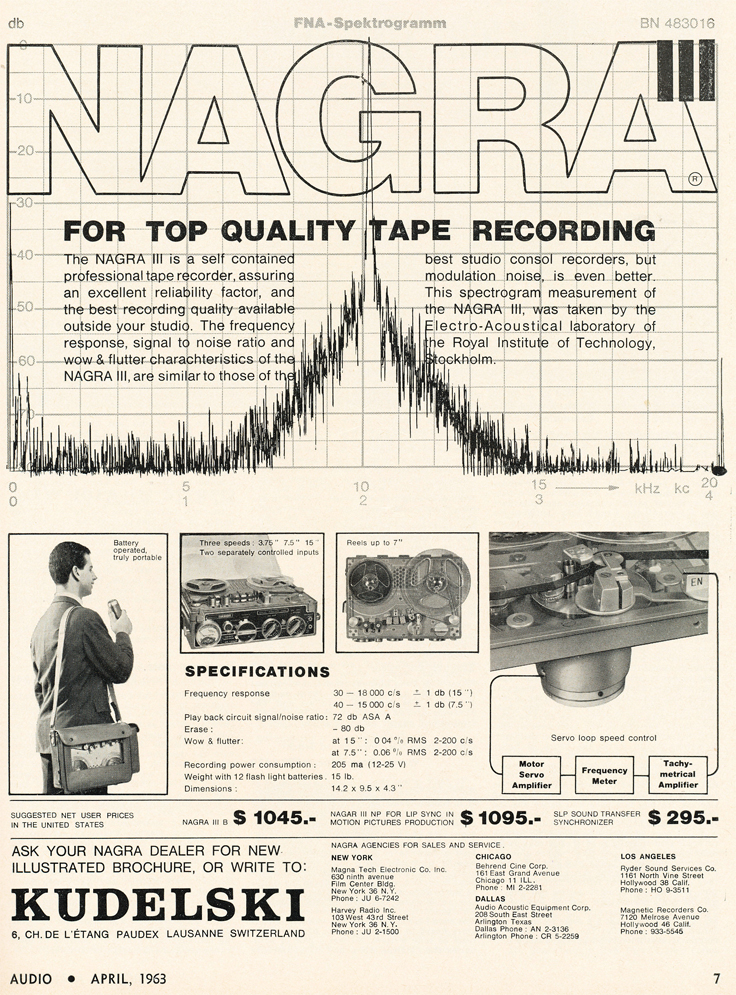What is science fiction? Let’s take a moment to try and define it.
diegesis…
The goal: speculative world-creation. All films have to create a diegesis, but in science fiction, that goal becomes especially pronounced.
Metropolis (1927):

Star Wars (1977):

THX 1138 (our screening today) is interesting because it offers some insight into how sound contributes to this goal. To understand that, though, we’ve got to put the film into its historical context.
Some changes to film sound in the “New Hollywood” period (beginning in the late 1960s) that allowed sound to take on this role:
- No more division of sound-engineering labor (cf. Karl Marx); instead, one sound “designer” who works on the sound from beginning to end of the process (with more creative latitude–no longer “alienated” from the product), often in continuous collaboration with the director
- creation of sounds “from scratch” via fieldwork (no access to studio sound libraries)
- speculative world-izing (Walter Murch), which cuts to essence of scifi
- suddenly it becomes permissible to experiment with dense layering of sounds–something not really encouraged during the studio era of Hollywood filmmaking.
As studio-era sound supervisor James G. Stewart (who worked on Citizen Kane) puts it: “In the early days, re-recording was a process you indulged in only if it was absolutely necessary. The release track on most pictures was 80 to 90 percent unaltered original sound.” Why? Lack of noise reduction technologies, lack of effects-processing (we’re working with optical sound in this period, not the more manipulable magnetic tape), and especially: lack of easily portable sound recording gear. Enter the Nagra III:

THX 1138 publicity material highlights (as a way to advertise the film) what at the time was this new, novel approach to film sound creation: “Instead of pulling a sound from a library, Murch searched out the proper noises or engineered them himself, thus customizing the sounds and noises of a future, highly technological era.”
New worlds and new technologies = new sounds that have never been heard before. Especially the case in THX 1138. Take a relatively benign looking mise-en-scene, synch it to “futuristic” sounds, and there you have it: a relatively easy method of speculative world-creation.
CGI’d version from 2004 😦